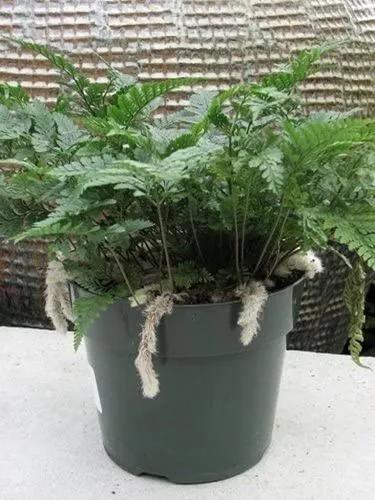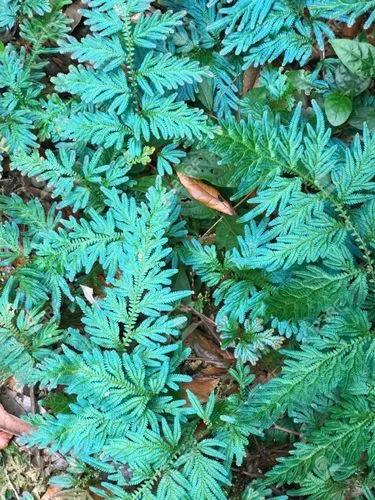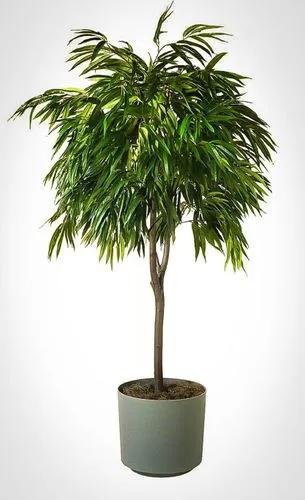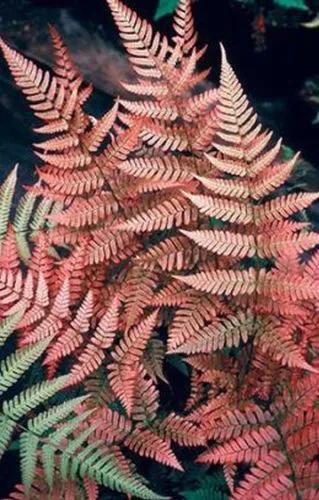This cycad contains reddish seed cones with a distinct acuminate tip. The leaves are 60–120 cm (2.0–3.9 ft) long, with 5-30 pairs of leaflets (pinnae). Each leaflet is linear to lanceolate or oblong-obovate, 8–25 cm long and 0.5–2 cm broad, with distinct teeth at the tip. They are often revolute, with prickly petioles. It is similar in many respects to Zamia furfuracea, but with slightly narrower leaflets, and to Zamia integrifolia, which differs in the more commonly entire (untoothed or only slightly so) leaflets. This is a low-growing plant, with trunk that grows to 3–25 cm high and diameter, but is often subterranean. Over time, it forms a multi-branched cluster, with a large, tuberous root system, which is actually an extension of the above-ground stems. Like other cycads, Zamia pumila is dioecious, having male or female plants. The male cones are cylindrical, growing to 3–15 cm long; they are often clustered. The female cones are elongate-ovoid and grow to 6–15 cm long and 4–6 cm in diameter. Pollination is by certain insects, namely the belid weevil Rhopalotria slossoni.
Coontie Palm Care
Zamia Pumila



How to Care for the Plant

Water

The watering requirements of this zamia species are low and the plant is also highly drought tolerant. However, keep a normal water schedule for the first growing season to develop a healthy root system.

Fertilizer

Feeding the plant with a granular and preferably organic fertilizer promotes growth and hardiness. Early spring and mid-fall are the best times to fertilizer a zamia pumila plant.

Sunlight

This Zamia floridana palm prefers filtered sunlight to partial shade, but it is a hardy plant and can tolerate full sun and cold weather.

Soil

Zamia pumila cycads can grow in a variety of habitats provided it is planted in sand or sandy loam well-draining soils. It also enjoys moist soil but can tolerate the lack of moisture.

Temperature

The plant is cold-hardy to USDA zones 7b to 10.

Popularity

47 people already have this plant 11 people have added this plant to their wishlists
Discover more plants with the list below
Popular articles






